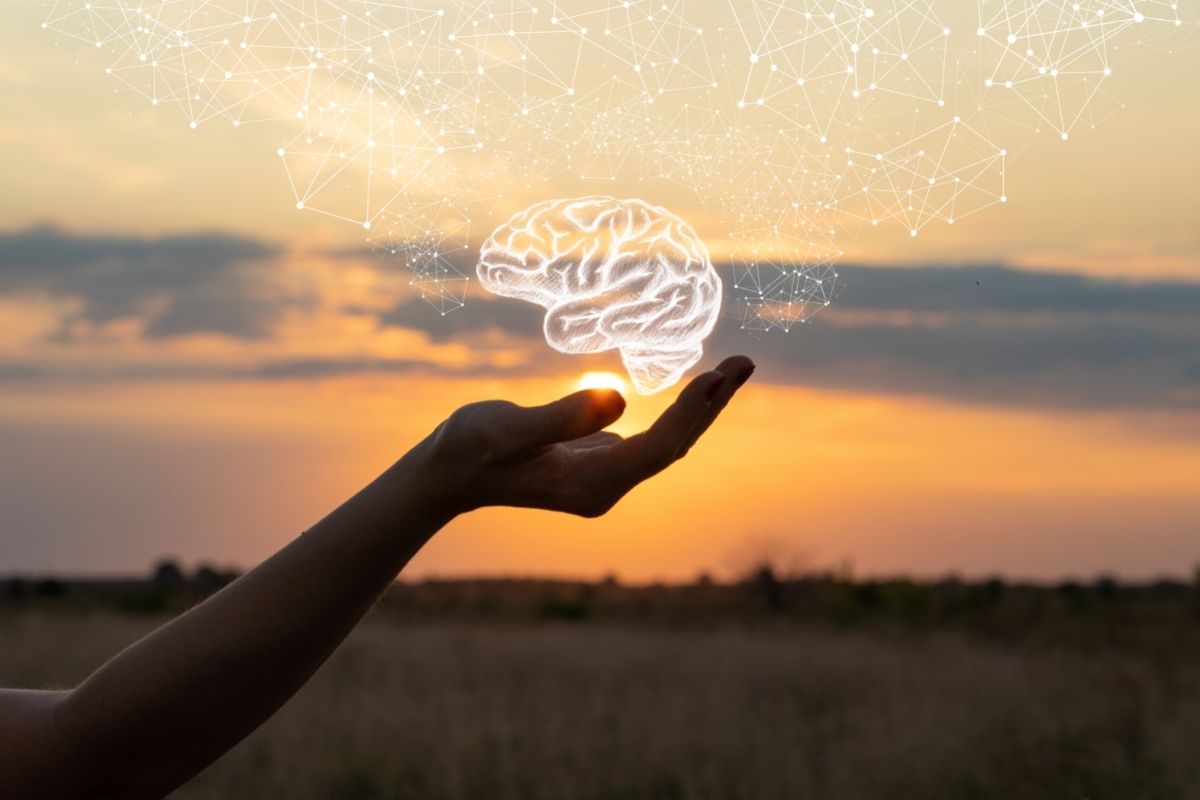What is Brain Spotting Therapy?

Brain spotting therapy is a powerful way to heal from trauma using your eyes.
Imagine your mind as a dusty attic. Hidden in the corners are old, painful memories. Brain spotting therapy is like a flashlight that helps you find and clean out those dark spots.
This guide is for anyone curious about new ways to heal their mind. You’ll learn how brain spotting works, what it can help with, and what to expect in a session. By the end, you might just discover a new path to feeling better.
Ready to explore the fascinating world of brain spotting? Let’s shine a light on this exciting therapy!
What’s the Deal with Brain Spotting Therapy?
Brain spotting therapy is like a treasure hunt in your mind. It uses what you see to help you feel better.
Dr. David Grand came up with this idea in the early 2000s. He thought it could help people deal with tough memories.
Here’s the cool part: it taps into parts of your brain that control things like moving, feeling, and learning.
The big idea? When something stressful happens, your eyes might “get stuck” looking at a certain spot. That spot is like a key to unlocking the memory.
It’s similar to another therapy called EMDR, but with a twist. Brain spotting works more with the hidden parts of your mind.
How Does This Eye Magic Work?
Think of trauma like a splinter in your mind. It gets stuck and causes pain.
Brain spotting is like tweezers that help pull out that splinter.
When you have a bad thought or feeling, your eyes might get stuck looking in one direction. That’s your brain’s way of protecting itself.
For example, if you’re thinking something negative, your eyes might get stuck looking to the right. That’s because the left side of your brain controls the right side of your body, and it’s trying to keep you safe.
It’s kind of like what happens when you sleep. Your brain shuts down to save energy. Brain spotting helps wake up those sleeping parts of your mind.
What Happens in a Brain Spotting Session?
A brain spotting session is like a guided tour of your mind. Here’s what you can expect:
Your Brain Spotting Adventure
1. The therapist helps you relax and focus.
2. You find your “brain spot” – that special place your eyes go when you think about your problem.
3. The therapist guides you to focus on that spot and figure out what’s going on in your body.
There are two ways to find your spot:
1. The therapist watches your eyes (Outside Window).
2. You tell the therapist where your eyes want to look (Inside Window).
Once you find your spot, you talk about what you’re feeling. You might discover new things about your problems.
At the end, you might feel tired, tingly, or shaky. That’s normal! It means your brain is working hard.
After the session, you might feel extra tired or have more feelings come up. That’s your brain processing everything.
What Can Brain Spotting Help With?
Brain spotting is like a Swiss Army knife for your mind. It can help with lots of problems, especially ones that come from tough experiences.
Here are some things it might help:
• Feeling worried all the time (anxiety)
• Using drugs or alcohol too much
• Feeling scared because of bad things that happened (PTSD)
• Pain that won’t go away
• Feeling really sad for a long time
• Having trouble getting close to people
The Good Stuff About Brain Spotting
People who’ve tried brain spotting say it can do some pretty cool things:
• Make pain feel better
• Make bad memories less scary to think about
• Help you think more happy thoughts
• Help you sleep better
• Give you more energy
Brain spotting is still new, so scientists are still figuring out how well it works. But so far, it looks like it could be a great way to help people who are struggling with tough feelings or memories.
The Final Word on Brain Spotting
Brain spotting therapy is like a new tool in the mental health toolbox. It’s exciting because it offers a fresh way to tackle old problems.
I’ve seen firsthand how it can help people feel better. One friend said it was like “finding the reset button” for her mind.
If you’re dealing with tough memories or feelings that won’t go away, brain spotting might be worth a try. It’s not magic, but for some people, it feels pretty close.
Remember, healing is a journey. Brain spotting could be one more step on your path to feeling better.
Talking about trauma in therapy can be challenging, but brain spotting offers a unique approach.
EMDR therapy is similar to brain spotting, and understanding both can help you choose the right treatment.
If you’re healing from trauma, brain spotting could be another tool in your recovery journey.
Sometimes, therapy doesn’t work for everyone, but brain spotting offers a different approach that might help.
Preparing for a therapy session, including a brain spotting session, can help you get the most out of your treatment.

Author: Michelle Landeros, LMFT
Michelle Landeros is a Licensed Marriage Family Therapist (LMFT). She is passionate about helping individuals, couples and families thrive.






